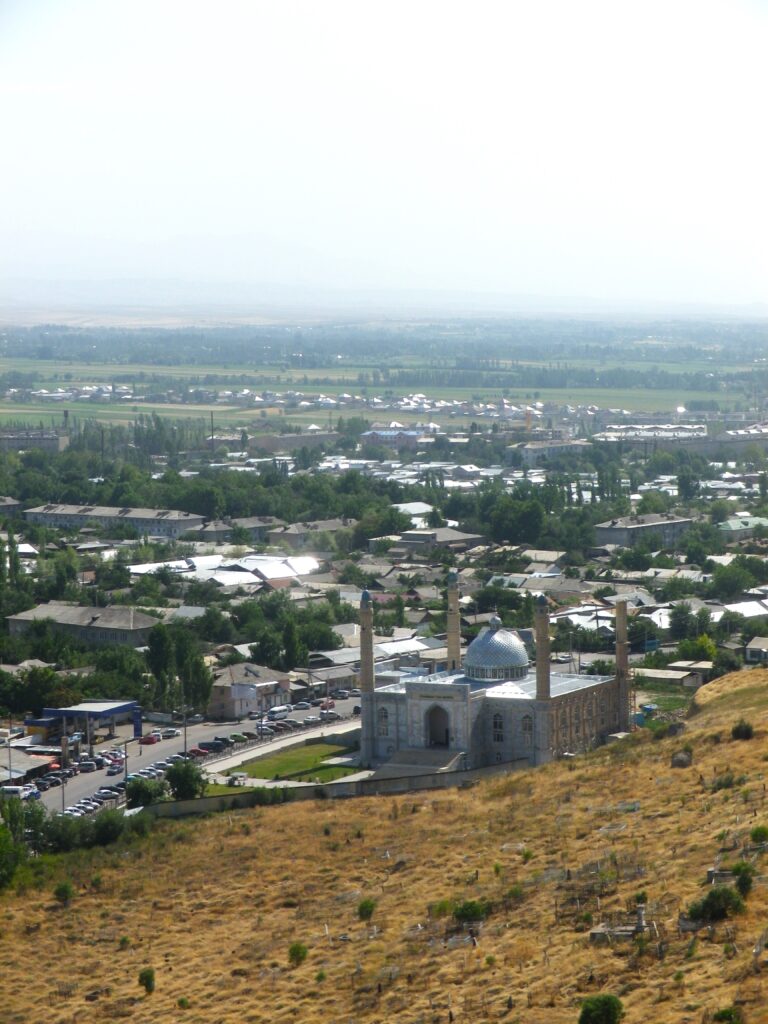What Will the Future Hold for Uzbekistan’s Gas Problems?
What Will the Future Hold for Uzbekistan’s Gas Problems? Can the infrastructure of Uzbekistan carry the country into a geopolitical resource hub? The country has certainly benefited from energy exports: In terms of available reserves, Uzbekneftegaz remains the sacred cow of the state, which has generated significant foreign exchange earnings. Prime Minister Abdulla Aripov even started to switch industrial enterprises “of no social significance” from natural gas to coal so that more gas would be available for export. In 2019, natural gas was sold on the domestic market at a price of US$118 per thousand cubic meters while Uzbekistan sold gas for export at US$145 per thousand cubic meters. The money came in foreign currency. The conversion of small and medium-sized businesses (such as restaurants and factories for the production of building materials) to coal made it possible to free up over 2.1 billion cubic meters of gas, that is, around US$315 million. On the other hand, gas supply on the domestic market left much to be desired. During the winter period, temperatures unexpectedly dropped below -20 degrees Celsius. Due to a lack of heat in residential buildings in November and December in several regions like Andijan, Karakalpakstan, Nukus, Fergana and Khorezm, the population began to attend unauthorized rallies. In 2020, the Ministry of Energy reluctantly admitted that there was a shortage of gas due to depletion of gas fields. On December 16, 2020, the government decided to reduce the export of gas and direct it towards domestic needs. That said, exports were being reduced even earlier than this. In fact, the first reports of the suspension of fuel supplies to other countries appeared in March 2020, when the global COVID-19 pandemic began and the main gas consumer, China, reduced imports from Uzbekistan. In 2021, Uzbekistan once again experienced extremely low air temperatures. Gas exports were again limited. Even though Deputy Chairman of Uzbekneftegaz, Bakhodir Sidikov, said that fuel reserves would last for several decades (in his words, “We have very large, promising areas for geological exploration, but the current approved hydrocarbon reserves will last for 20-30 years”) the coming months proved that these forecasts to be overly optimistic. Soon after, the Ministry of Energy announced that even with limited exports, Uzbekistan lacked about 20 million cubic meters of gas per day. On the night of December 31, 2022, supplies to Uzbekistan from Turkmenistan stopped due to burst gas pipelines. Unusual frosts caused increased gas consumption, resulting in a shortage of fuel for power plants and boiler houses. The country began experiencing long-term power outages, problems with heating, hot water, and gas pressure in homes. Against the backdrop of the emerging energy shortage, the authorities were forced to close gas stations and industrial enterprises in order to distribute the remaining gas to the population and social facilities. And thus, what was already known by many Uzbeks became apparent to the rest of the world. More than half of the gas pipelines in Uzbekistan (45 thousand km) were laid more than...

